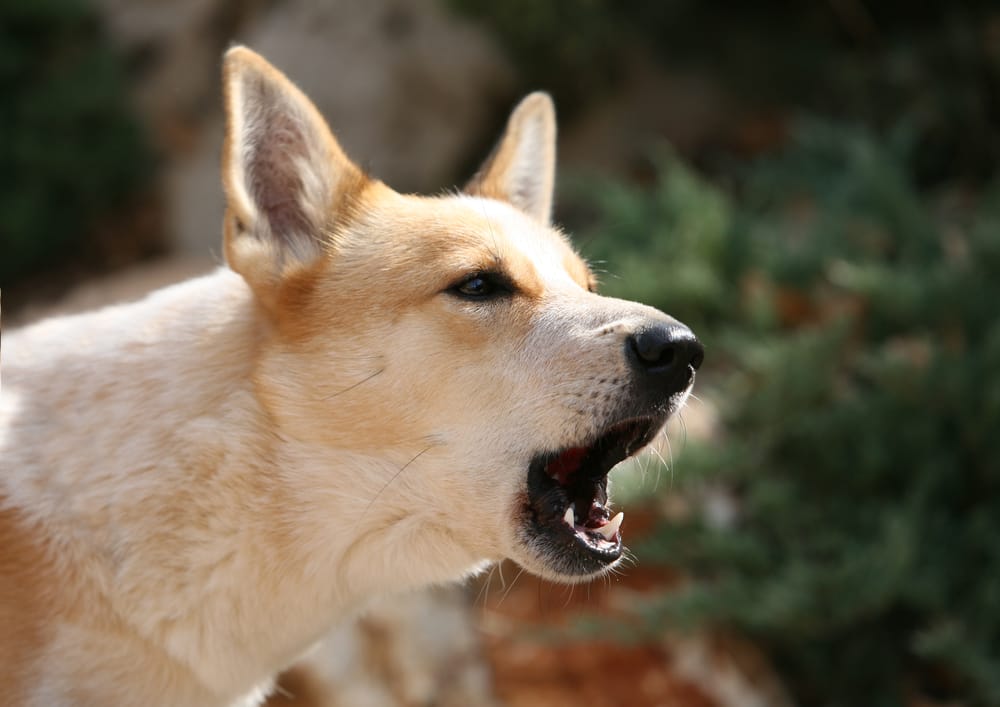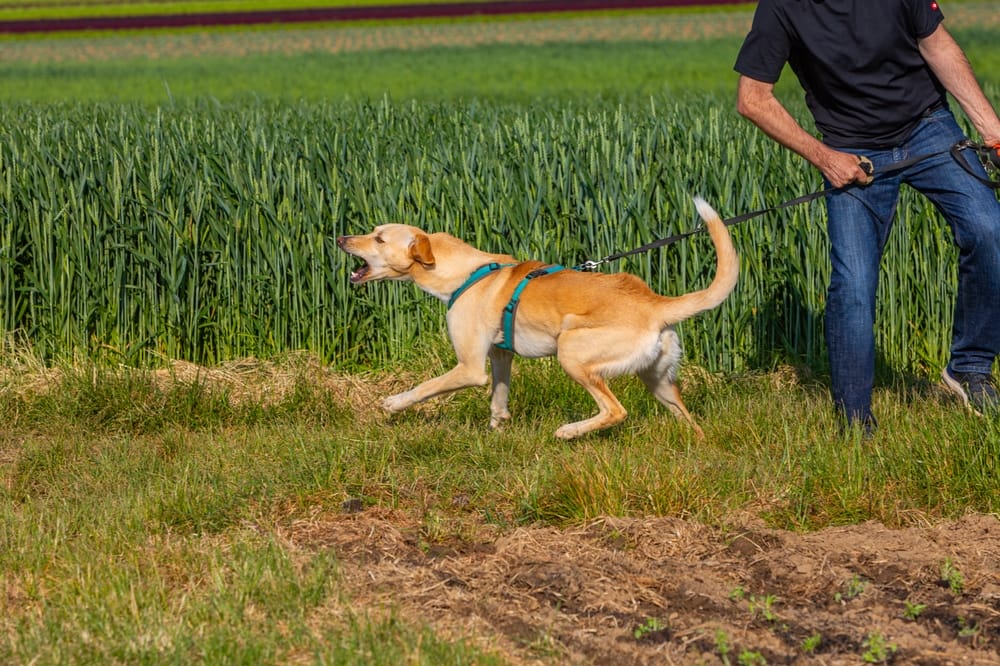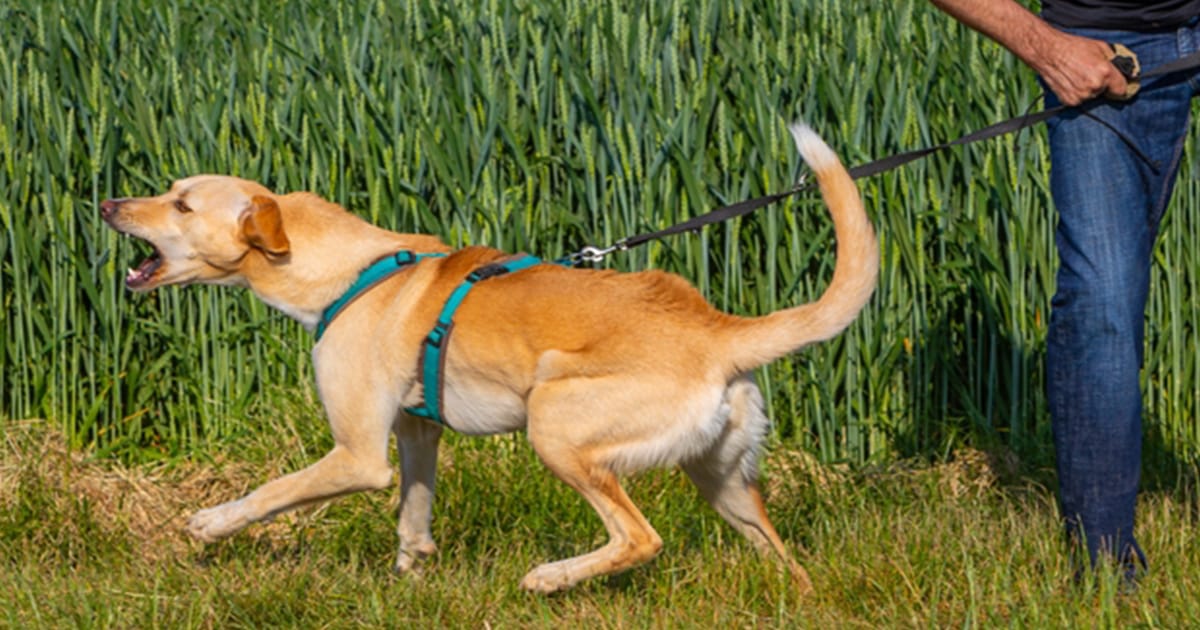If you’re a dog owner, you’ve likely experienced it: your normally calm pup suddenly erupts into a frenzy of barking at one person, while greeting the next with a happily wagging tail. This selective behavior can be confusing and sometimes embarrassing, but it’s rarely random. Dogs are incredibly perceptive creatures, and their reactions are based on a complex mix of instinct, observation, and past experiences. Understanding the reasons can help you see the world from your dog’s unique perspective.
At its core, this behavior is often rooted in ancient instincts. Dogs are descended from hunters, and they are hardwired to notice and react to movement. A person running, cycling, or even walking with an unusual gait can trigger a powerful chase instinct. Furthermore, dogs are territorial animals. To your canine companion, your home and yard are a kingdom to be protected. Anyone perceived as an intruder, from the mail carrier to a passing jogger, might be greeted with a vocal warning to stay away, which is your dog’s way of doing its job.

However, it’s not always about defense. Sometimes, it’s simply about the unknown. Dogs navigate the world through their powerful senses of smell and sight. A new person brings a cocktail of unfamiliar scents—perfumes, soaps, the smell of another animal, or even the lingering odor of a certain workplace. Visually, things like large hats, bulky coats, sunglasses, or an unsteady walking style can be puzzling or unsettling to a dog. This barking can be a sign of curiosity or confusion, not just aggression.
A dog’s personal history plays a significant role as well. A dog that has had limited positive exposure to different types of people during its critical socialization period as a puppy may be more fearful or suspicious of anyone who looks or acts differently. Sadly, a dog that has had a negative experience with a person who shares a certain characteristic, like a deep voice or a particular height, may generalize that fear to all similar individuals. Their barking is then a defensive display, driven by anxiety.

The good news is that with patience and positive reinforcement, you can help your dog become more comfortable around a wider variety of people. The key is to create positive associations. When your dog notices a stranger and remains calm, reward that behavior with a treat and praise. Over time, they will learn that new people predict good things. Remember, your dog’s bark is their way of communicating. By listening and guiding them, you can help them feel more secure and less reactive in their world.


